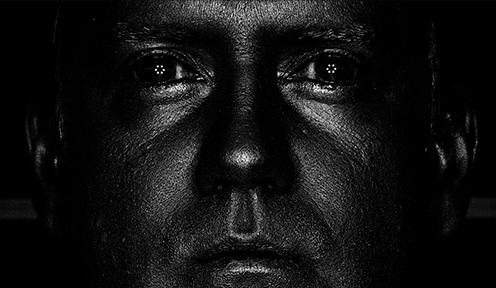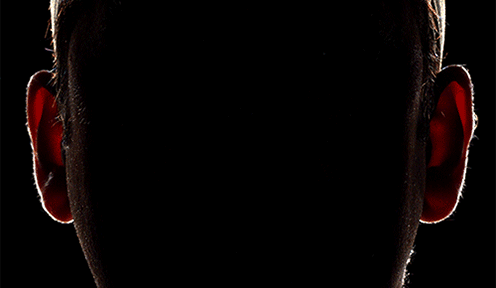S0L: Photometrics

Photometric Normals
We can compliment our motion scanning service, due to the speed of the Ximea cameras, with a 3D static capture service. We have the added benefit of being able to capture a wealth of photometric normal data and additional reference information. Part of this process is based on the incredible research by Paul Debevec and the team at USC & ICT. In combination with our own software and hardware processes we use these licensed and patented technologies (license application pending 2023) to power our S0L and DƐUS capture systems.

Our capture system is incredibly fast. We can capture over 20 different lighting states in 0.28 of a second, faster than a blink of the eye! The S0L system is truly game changing. By capturing spherical gradients, OLAT or TRILAT sequences we can process incredibly detailed surface normals and capture a wealth of reflectance information.
When operating in SDL mode we can trigger the system at 62.5 fps and this allows us to capture 20 different lighting states (or scans!) in 0.288 of a second! Compared to our older DSLR system which would trigger at between 3-5fps which was MUCH slower and not reliable, or also in comparison to mirror less Sony cameras that trigger at a slow pace of about 20fps.



Our system is designed to capture an incredible range of information, rapidly, to reduce subject movement when processing spherical gradients. In the past this would have been difficult due to slow DSLR’s and having to use optical flow techniques to improve the results. Our system does not suffer from these drawbacks.

It’s fascinating to observe how skin behaves under different illumination conditions, from micro skin stretching, skin compression, to blood flow, sub surface scattering and even vellus hair reference. All of this data is captured in the same scan!


The photometric normals approach allows us to generate detailed displacement maps that can be used to displace pore level details on the mesh geometry.

This data can then be utilized with wrapped topology and “trained” in R3DS to produce dynamic wrinkle map sequences (coming soon), driven by our motion scanned data!
More on this to come soon..
